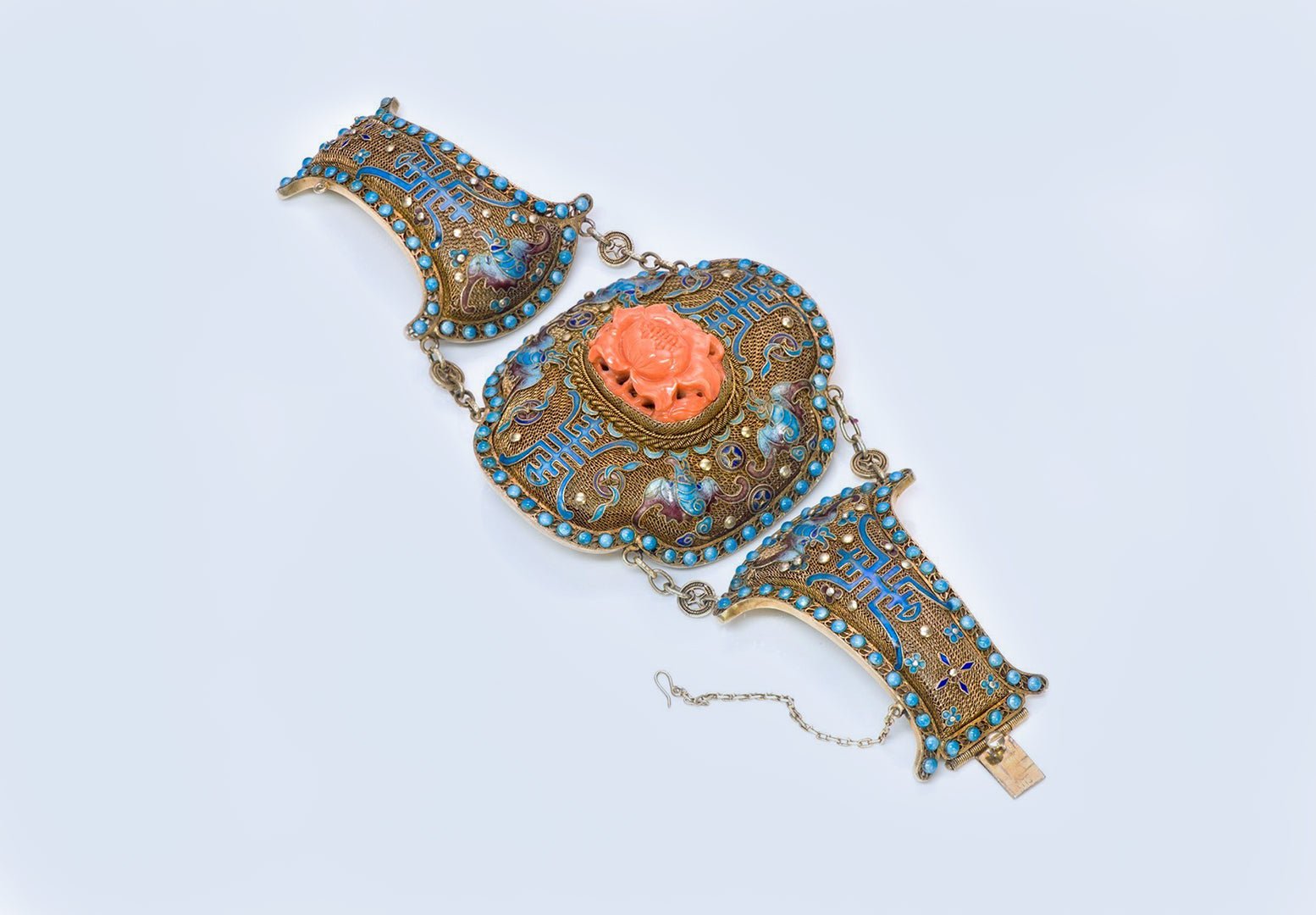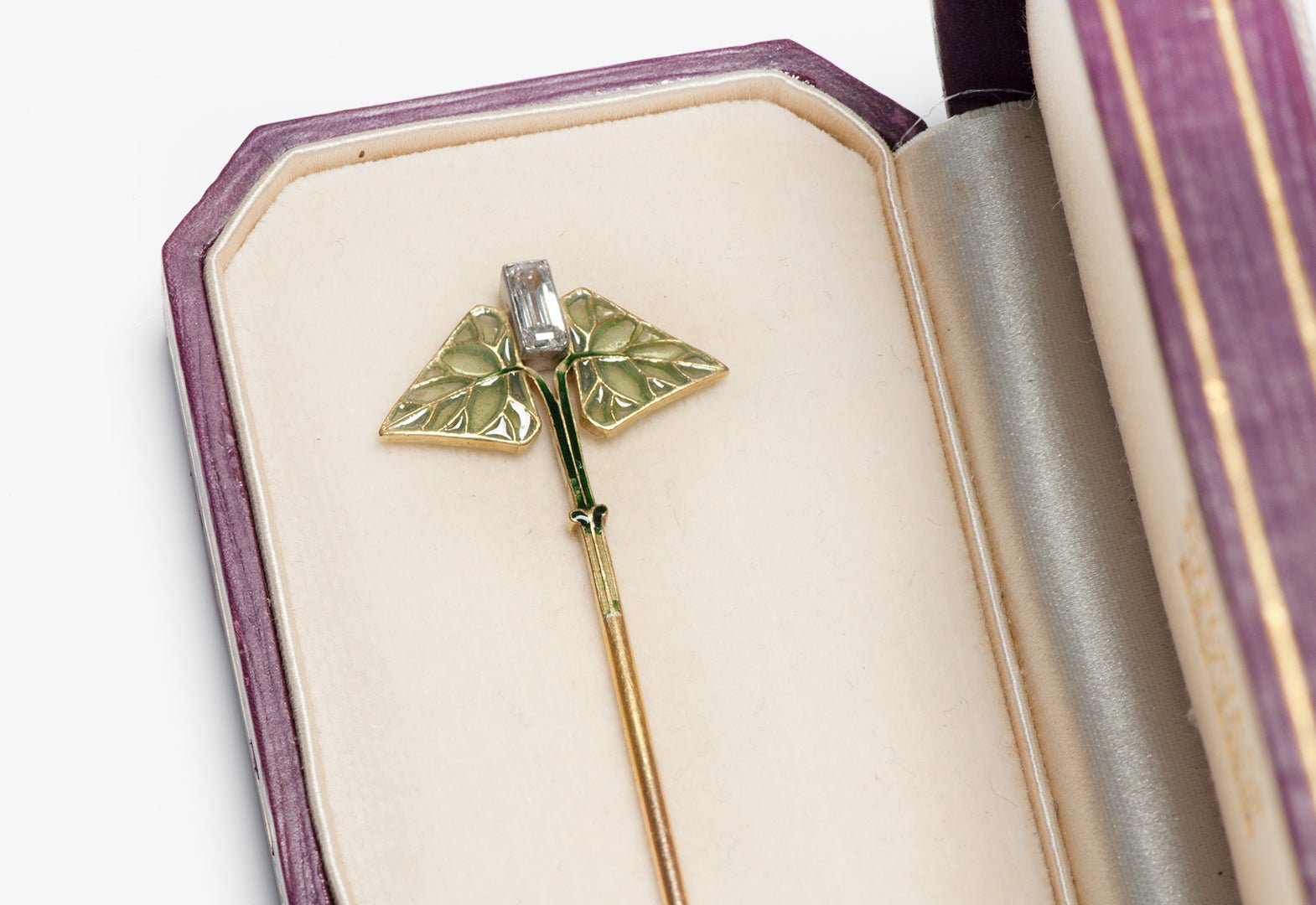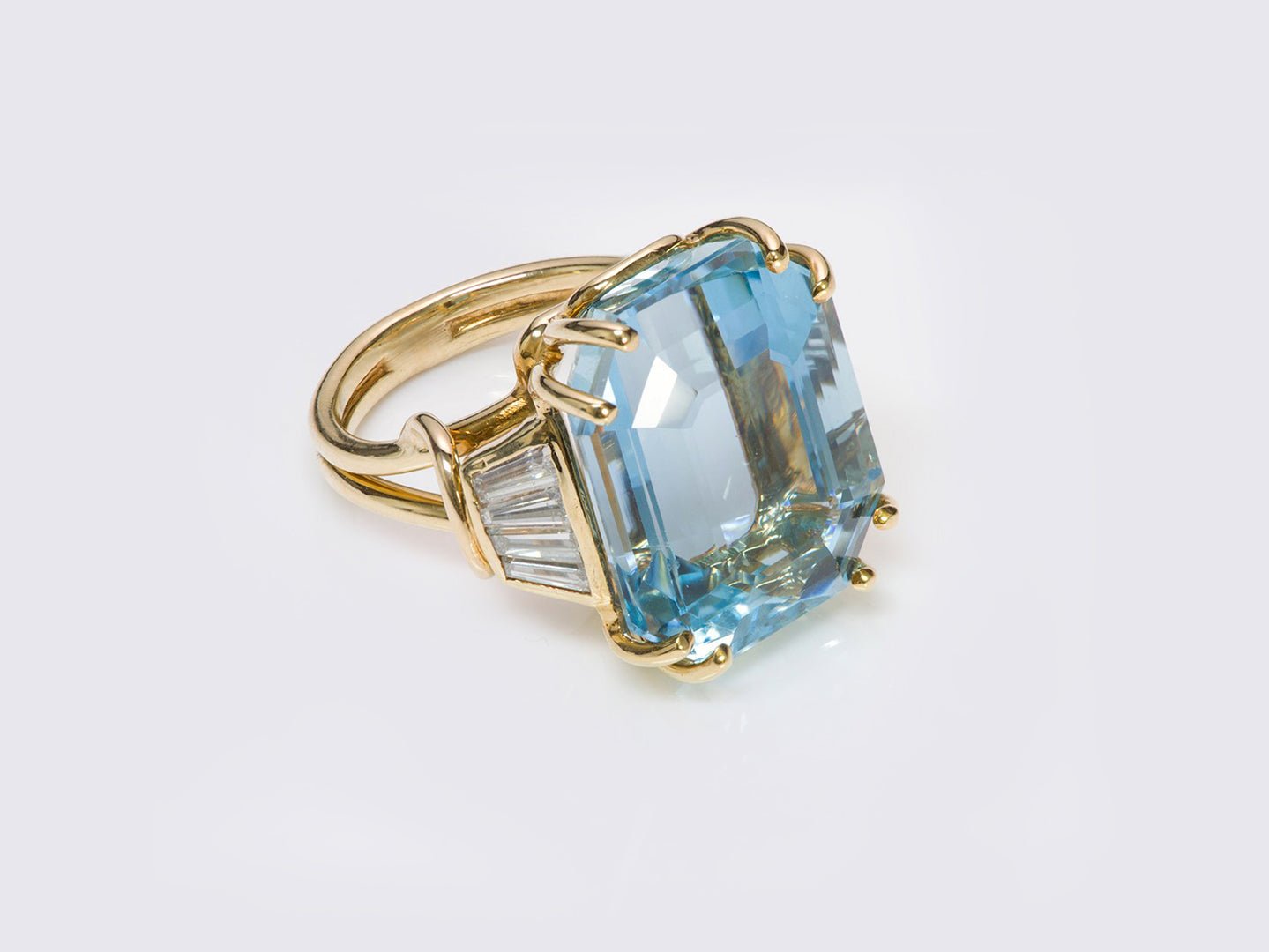
The Mystery of Ancient Chinese Jewelry
Jewelry is a form of art that has a long and fascinating history. In this article, we present you with a brief foray into the history of ancient Chinese jewelry.
The oldest Chinese jewelry discovered is from the Shang-Yun Dynasty that existed between 1766-122 BC. The first ornaments made were jade amulets, all kinds of ornaments for women's hair, and beautifully adorned belts for men. In principle, these belts were adorned with bronze buckles, but from the Han Dynasty to the Tang Dynasty, complete sets of belts made of jade and agate plates were made.
Throughout the Han and Tang Dynasties, solid gold hairpins were made without any decoration, and later the decorations began to appear but they were very delicate. The pieces were frequently cast by a wax-working process, which hardened when cooled, and a little later they were made using a fine metal foil decorated with granulated gold.
Between 1260-1368 an ornamentation technique was developed based on small cast silver plates and decorated bronze. The Chinese started to use more and more finely worked metal, decorating it with animal motifs, fish, and flowers, motifs also present in ceramic art. This way of working was the forerunner of the most elaborate styles made in the Ming and Qing Dynasties when the techniques of making jewelry advanced, changing the perforated decorations into gold plates with the use of filigree mesh.

During the Ming Dynasty, a more primitive mount of fine, precious stones was introduced. Other jewelry pieces from the Ming period included very elaborate ornaments for women's hair, and men's belts are inlaid with jade pieces.
We must not forget the bracelets, earrings, and small necklaces that had a role of beautification, brilliance, and even ostentation for the higher social class that could afford them. The fascination for ornaments, beauty, and grace grow ever stronger, and his aspect determined all kinds of fundamental changes that brought the refinement and nobility of precious stones and metals to another level.
The oldest Chinese jewelry discovered is from the Shang-Yun Dynasty that existed between 1766-122 BC. The first ornaments made were jade amulets, all kinds of ornaments for women's hair, and beautifully adorned belts for men. In principle, these belts were adorned with bronze buckles, but from the Han Dynasty to the Tang Dynasty, complete sets of belts made of jade and agate plates were made.
Throughout the Han and Tang Dynasties, solid gold hairpins were made without any decoration, and later the decorations began to appear but they were very delicate. The pieces were frequently cast by a wax-working process, which hardened when cooled, and a little later they were made using a fine metal foil decorated with granulated gold.
Between 1260-1368 an ornamentation technique was developed based on small cast silver plates and decorated bronze. The Chinese started to use more and more finely worked metal, decorating it with animal motifs, fish, and flowers, motifs also present in ceramic art. This way of working was the forerunner of the most elaborate styles made in the Ming and Qing Dynasties when the techniques of making jewelry advanced, changing the perforated decorations into gold plates with the use of filigree mesh.

During the Ming Dynasty, a more primitive mount of fine, precious stones was introduced. Other jewelry pieces from the Ming period included very elaborate ornaments for women's hair, and men's belts are inlaid with jade pieces.
We must not forget the bracelets, earrings, and small necklaces that had a role of beautification, brilliance, and even ostentation for the higher social class that could afford them. The fascination for ornaments, beauty, and grace grow ever stronger, and his aspect determined all kinds of fundamental changes that brought the refinement and nobility of precious stones and metals to another level.


















